Regulatory Influence
Regulatory influence is a significant driver in the Automotive Rear Occupant Alert System Market. Governments and safety organizations are increasingly advocating for the implementation of rear occupant alert systems in vehicles to enhance child and pet safety. For example, certain regions have introduced legislation mandating the inclusion of such systems in new vehicles. This regulatory push is likely to create a more favorable environment for manufacturers, as compliance with safety standards becomes essential for market entry. Additionally, as awareness of the dangers associated with unattended occupants grows, regulatory bodies may impose stricter guidelines, further propelling the demand for these systems. Consequently, the Automotive Rear Occupant Alert System Market is expected to expand as manufacturers adapt to these evolving regulations and prioritize safety in their designs.
Increased Safety Awareness
The Automotive Rear Occupant Alert System Market is experiencing a surge in demand due to heightened safety awareness among consumers. As more individuals recognize the potential dangers associated with leaving children or pets unattended in vehicles, the need for effective alert systems becomes paramount. Recent studies indicate that nearly 38 children die each year from heatstroke after being left in hot cars, underscoring the urgency for such safety measures. Consequently, manufacturers are increasingly integrating advanced technologies into their vehicles to address these concerns. This trend not only enhances consumer confidence but also drives sales, as buyers prioritize safety features when selecting vehicles. The growing emphasis on safety is likely to propel the Automotive Rear Occupant Alert System Market forward, as automakers strive to meet consumer expectations and regulatory standards.
Technological Advancements
Technological advancements play a pivotal role in shaping the Automotive Rear Occupant Alert System Market. Innovations in sensor technology, artificial intelligence, and connectivity are enabling the development of more sophisticated alert systems. For instance, the integration of ultrasonic sensors and cameras allows for real-time monitoring of rear seats, ensuring that occupants are detected and alerts are triggered if necessary. Furthermore, the rise of smart vehicle technologies, such as connectivity with mobile devices, enhances the functionality of these systems. As a result, the market is witnessing a shift towards more intelligent solutions that not only alert drivers but also provide actionable insights. This evolution in technology is expected to drive growth in the Automotive Rear Occupant Alert System Market, as consumers increasingly seek vehicles equipped with cutting-edge safety features.
Rising Incidents of Child Heatstroke
The rising incidents of child heatstroke in vehicles are a critical driver for the Automotive Rear Occupant Alert System Market. Reports indicate that every year, numerous tragic cases occur where children are left unattended in vehicles, leading to severe health consequences or fatalities. This alarming trend has prompted increased awareness and advocacy for safety measures, including rear occupant alert systems. As a result, manufacturers are compelled to incorporate these systems into their vehicle designs to mitigate risks and enhance safety. The urgency surrounding this issue is likely to fuel growth in the Automotive Rear Occupant Alert System Market, as both consumers and regulatory bodies push for solutions that can prevent such incidents. Consequently, the market is expected to expand as automakers prioritize the integration of effective alert systems in their vehicles.
Consumer Demand for Enhanced Features
The Automotive Rear Occupant Alert System Market is significantly influenced by consumer demand for enhanced vehicle features. As consumers become more discerning, they increasingly seek vehicles equipped with advanced safety technologies, including rear occupant alert systems. This trend is particularly pronounced among families and pet owners, who prioritize safety and convenience. Market data suggests that vehicles with integrated alert systems are more appealing to buyers, leading to higher sales figures for manufacturers that offer these features. Additionally, as automakers strive to differentiate their products in a competitive market, the inclusion of innovative safety technologies becomes a key selling point. This growing consumer preference is likely to drive the Automotive Rear Occupant Alert System Market, as manufacturers respond to the demand for vehicles that prioritize occupant safety.


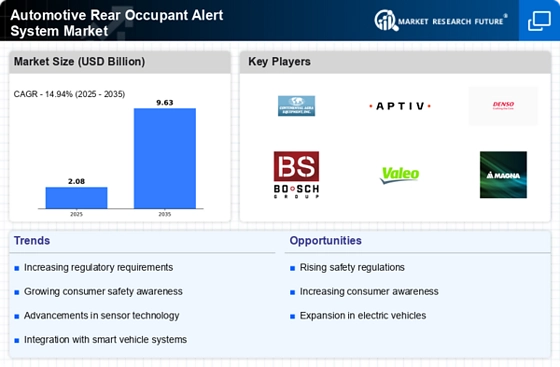


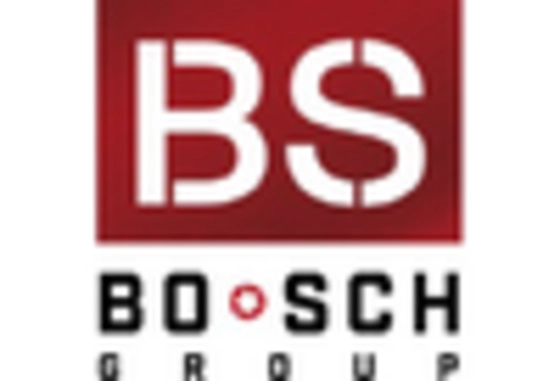

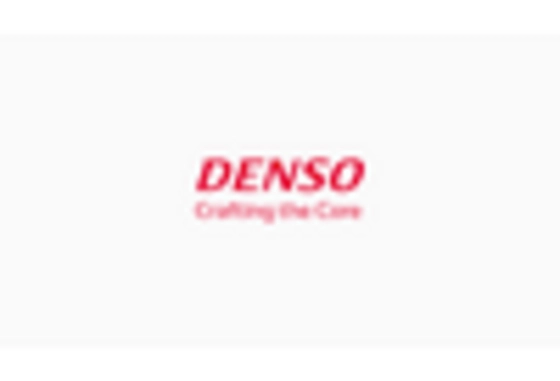
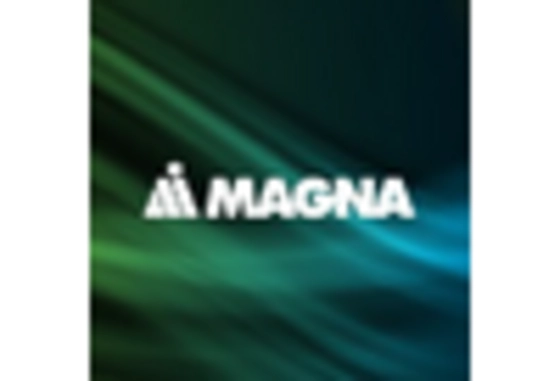
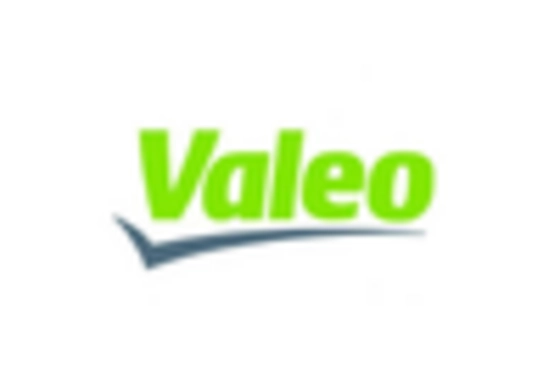








Leave a Comment